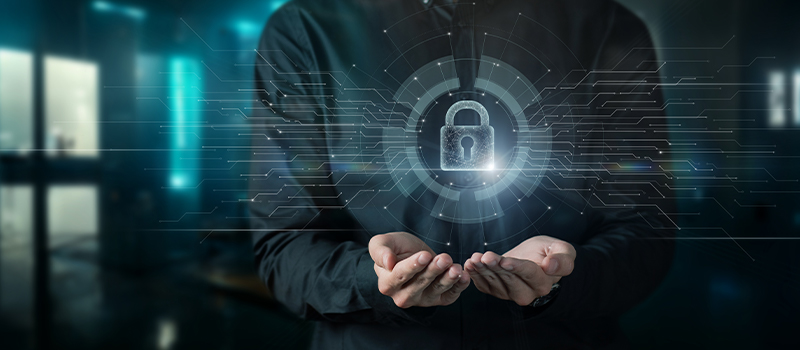
In today’s digital age, businesses face an ever-increasing threat from cybercriminals, and one of the most prevalent and damaging forms of cyberattack is ransomware. Ransomware attacks can cripple an organization, leading to data breaches, financial losses, and reputational damage. However, by implementing robust cybersecurity measures and adopting best practices, businesses can significantly reduce the risk of falling victim to ransomware attacks. In this blog post, we will explore effective strategies to safeguard your business against ransomware and ensure business continuity.
-
- Employee Education and Awareness:
- A well-informed and security-conscious workforce is the first line of defense against ransomware attacks. Regularly educate your employees about cybersecurity best practices, such as recognizing phishing emails, avoiding suspicious downloads, and practicing strong password hygiene. Conduct training sessions, share informative resources, and encourage employees to report any potential security threats promptly.
-
- Implement a Multi-Layered Security Approach:
- Having a comprehensive cybersecurity strategy is crucial to protect your business against ransomware. Adopt a multi-layered security approach that includes the following elements:
- Endpoint Protection: Install reliable and up-to-date antivirus and anti-malware software on all devices within your network. Enable real-time scanning and automatic updates to detect and block potential threats.
- Firewall and Intrusion Detection Systems: Deploy robust firewalls and intrusion detection systems (IDS) to monitor network traffic and prevent unauthorized access. Regularly update and patch these systems to address any vulnerabilities.
- Secure Backup and Disaster Recovery: Regularly back up your critical data and ensure backups are stored securely, preferably offline or in a separate, isolated network. Test data restoration processes periodically to ensure backups are viable.
- Network Segmentation: Divide your network into smaller segments to limit the spread of ransomware. Implement strict access controls and ensure sensitive data is only accessible to authorized individuals.
-
- Keep Software and Systems Updated:
- Outdated software and operating systems are common entry points for ransomware attacks. Regularly update all software applications, including web browsers, email clients, and operating systems. Enable automatic updates whenever possible to ensure prompt installation of security patches and bug fixes.
-
- Email Security Measures:
- Email remains one of the primary vectors for ransomware distribution. Implement robust email security measures, including:
- Spam Filters: Utilize advanced spam filters to block suspicious emails and prevent phishing attempts from reaching employee inboxes.
- Email Authentication: Implement email authentication protocols like Sender Policy Framework (SPF), DomainKeys Identified Mail (DKIM), and Domain-based Message Authentication, Reporting, and Conformance (DMARC) to prevent email spoofing.
- User Awareness: Educate employees about email security best practices, including verifying sender addresses, avoiding clicking on suspicious links or downloading attachments from unknown sources, and reporting any suspicious emails promptly.
-
- Regular Data Backups and Testing:
- Frequent data backups are essential to mitigate the impact of a ransomware attack. Implement a robust backup strategy that includes automated backups and periodic testing of data restoration processes. Ensure backups are stored securely and kept separate from the main network to prevent ransomware from infecting them.
-
- Incident Response and Business Continuity Plan:
- Develop a comprehensive incident response plan that outlines the steps to be taken in the event of a ransomware attack. The plan should include procedures for isolating affected systems, notifying stakeholders, engaging law enforcement, and restoring operations. Regularly review and update the plan to reflect changes in technology and emerging threats.
-
- Regular Security Audits and Penetration Testing:
- Periodically conduct security audits and penetration testing to identify vulnerabilities in your network infrastructure and applications. Engage with ethical hackers to simulate real-world attack scenarios and identify potential weaknesses.
